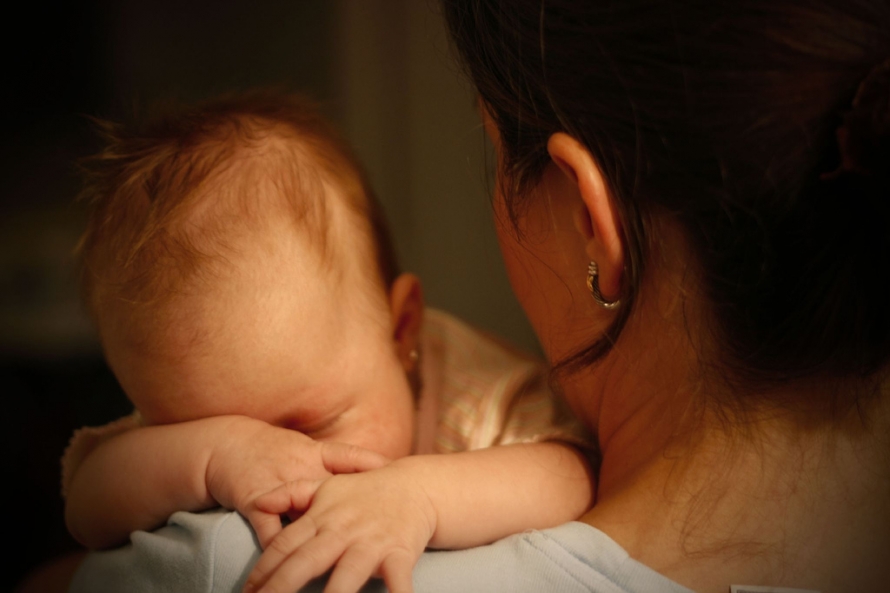"There has been a total of 404 births during the lifetime of the program," said Evija Štālberga, a representative of the National Health Department.
"However, a number of circumstances should be taken into account when looking at this number. For example, we have no information about women who have undergone artificial insemination but have given birth outside of Latvia, and there's no information about the births assisted in private, for-cost healthcare institutions," said Štālberga.
Plus, there's the fact that not only single-child births take place, there are sometimes twins and even triplets. In these three years, a total of 1400 artificial insemination procedures have taken place in the five clinics that participate in the program.
"Of couse, there's also the waiting line, so it's not that we can help everyone within a year," a representative to the IVF Riga clinic, Violeta Fodina, told Latvian Radio.
She said that the program allowed many families to fulfill their dreams, and the greatest benefit is that the state sponsors the program fully – all the medicines and the necessary procedures, starting from the period of stimulation. The results have been very good.
"Up to 45%. It means that 40% of a hundred patients have become pregnant after the first try. I think that these results are very good, even on an international level. I can name a problem that, if we look at neighboring countries like Estonia where the program exists for a longer time, their program looks more encompassing. It can help women that haven't achieved the result after the first try," said Fodina.
That is, after the first try you move to the end of the waiting list, but in Estonia you can try again within the same year.
The clinic Latvian Radio went to had 84 children born in the bounds of the state-sponsored program. Of those, 17 were twins and in a single case triplets were born. 45 more children are expected to be born in early 2016.
The National Health Department admits that the waiting lists in the infertility treatment program are still very long. A total of 2,200 are waiting in the five clinics. "We have to take into account that one woman can be in the waiting list for more than a single establishment," said Štālberga, saying that the actual waiting list may be shorted.
The matter of creating a unified waiting list is still unresolved. This year the program is funded for about €600,000.





























